Table of Contents
Chandrayaan 3: Touching The Moon
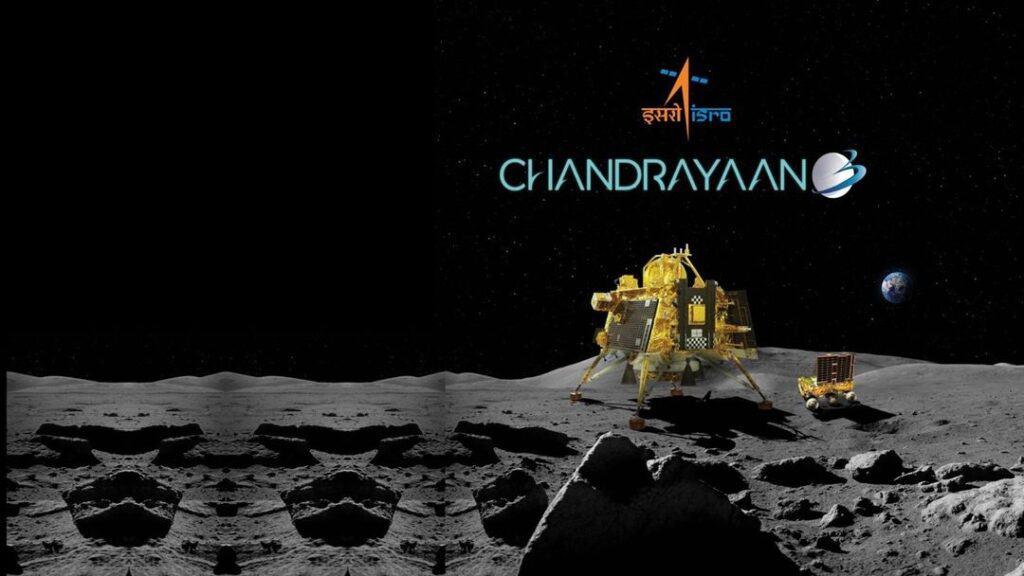
On 23rd August 2023, at around 12:34 PM (GMT)/6:04 PM (IST), ‘Vikram’ lander of India’s 3rd Moon Mission – Chandrayaan 3 – successfully touched down on the moon’s south pole, making India only the fourth country (After USA, Soviet Russia, and China) to conduct soft landing on moon’s surface and 1st ever country to do so on moon’s south pole region. Chandrayaan 3 was lifted off from Satish Dhawan Space Center of India on the 14th of July 2023.
Indian Space Research Organization (ISRO) has used Launch Vehicle Mark-3, one of its most advanced and latest launch vehicles, to conduct the lift-off. It is India’s 3rd Spacecraft which traveled to the moon and with its successful touch down on the Lunar surface, ISRO adds another feather in its cap. As the news of the moon landing came out, the entire nation rejoiced and basked in glory.
Indian Prime Minister Narendra Modi congratulated and thanked the entire ISRO team for this glorious achievement. He shared his joy with the entire nation and the world and reiterated that this success is not only for India but for the entire humanity. He talked about some of ISRO’s previous achievements and mentioned ISRO’s upcoming projects such as ‘Gaganyan’ and ‘ShukraYaan (Mission to Venus)’. He strongly believes that ISRO will be successful in these upcoming missions and will bring glory and pride to India and to the entire world.
The Chairman of the ISRO – S. Somanath – also congratulated the entire team of the Chandrayaan 3 and thanked the entire nation for the inspiration and support. In this time of jubilant and joy, he remembered the Chandrayaan 2 and Chandrayaan 1 missions which paved the way for the success of Chandrayaan 3. He reiterated that the process of scientific achievement is incremental and every success or failure would provide some valuable insight and knowledge.
Before India, only the USA, Russia, and China have successfully landed on the moon. The USA is the only country that was able to land a human on the surface of the Moon. Russia and China were able to land spacecraft and robotic rovers on the lunar surface. Attempts by other countries to land on the moon, including India’s previous moon mission – Chandrayaan 2- and Russia’s recent Luna-25 mission, have ended in disappointment.
This is also the first time that ISRO is able to land a robotic mission on an alien surface. Previously, with Chandrayaan 1 and 2 missions and the Mars Orbiter Mission, ISRO has showcased its ability for interstellar travel. Now with a successful touchdown on the lunar surface, it proved that it can do soft landing on other celestial objects. The Pragyan rover explored the lunar surface for 14 days, conducted several experiments, and collected valuable data for future research.
Chandrayaan 3 Journey: Earth Orbital Raising Maneuvers
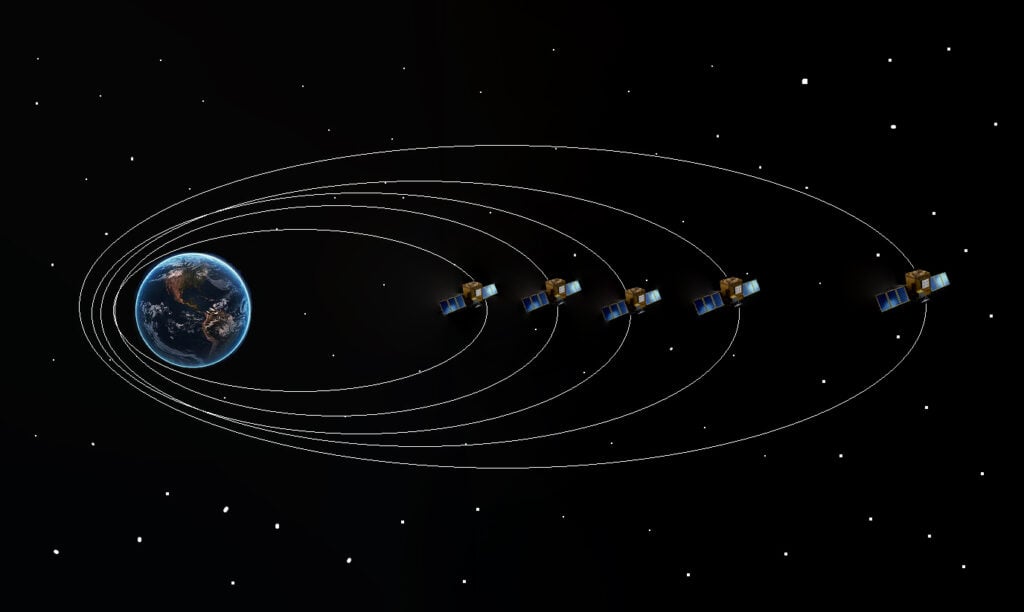
Chandrayaan 3 was lifted off into the space on 14th of July 2023 by Launch Vehicle Mark 3 or LVM 3 and it took the spacecraft 40 days to touch down the lunar surface. As the LVM 3 is a medium-lift launch vehicle, it did not have the power to take the spacecraft directly toward the moon.
Instead, ISRO’s scientists did some complicated and precise maneuvers, backed up by complex and pinpoint mathematics calculations, to take the Chandrayaan 3 spacecraft from Earth’s orbit to space, slingshot it towards the moon, and, once the Chandrayaan 3 came under the influence of gravity of the moon, the scientists perform some more maneuvers to safely land the spacecraft on the lunar surface.
After the LVM 3 launched the Chandrayaan 3 spacecraft into space on 14th July, the ISRO’s scientists performed the first of the many Earth orbit elevation maneuvers by firing the spacecraft’s engine on 15th July 2023. This maneuver put the rocket in 41,762 KM Apogee and 162 KM Perigee in Earth’s orbit. As the orbit of a spacecraft around the Earth is elliptical, the spacecraft comes closer to Earth and then goes farther from Earth. In any particular orbit, the closest distance between the spacecraft and the Earth is called Perigee, and the farthest distance between the spacecraft and Earth is called Apogee.
The next orbital elevation maneuver was performed on 17th July 2023 which put the Chandrayaan 3 further higher in Earth’s orbit. This time the Apogee was 41,603 KM and the Perigee point was 226 Km. The third orbital raising maneuver was carried out on the very next day – 18th July 2023. This maneuver had put the Chandrayaan 3 in an orbit with an Apogee of 51,400 KM and a Perigee of 228 KM around the Earth.
The fourth orbital elevation was done on 22nd July 2023. With this, the Chandrayaan 3 spacecraft went a little further from Earth as the Apogee stood at 71,351 KM and Perigee stood at 233 KM from Earth. The fifth and final Earth orbital raising maneuver was performed on 25th July 2023. After the successful engine firing, the Chandrayaan 3 spacecraft was put into orbit with an Apogee of 127,603 KM and Perigee of 236 KM. After this, Chandrayaan 3 set a journey towards the moon.
Chandrayaan 3 Journey: Lunar Orbital Insertion

On 1st August 2023, Chandrayaan 3 was put into a trans-lunar orbit of 288 KM x 369328 KM as it got closer to the moon. On 5th August 2023, ISRO performed lunar successful orbital insertion as the engine was fired and the spacecraft was decelerated. With this maneuver, the Chandrayaan 3 spacecraft was put inside a lunar orbit of 164 KM x 18074 KM. The spacecraft sends a message to the command center of ISRO that it is feeling the moon’s gravity. On 6th August 2023, ISRO performed another lunar bound maneuver which further de-boosted the spacecraft around the moon and put it in an orbit of 170 KM x 4313 KM.
The next lunar maneuver was performed on the 9th of August 2023 as the Chandrayaan 3 spacecraft was placed on a 174 KM x 1437 KM orbit around the moon. After 5 days of this maneuver, on 14th August 2023, orbit circularization was performed. Through this maneuver, the lunar-bound spacecraft is gradually decelerated and the spacecraft is put into near-circular orbit. After this process, Chandrayaan 3 got even closer to the moon and achieved a near-circular orbit of 151 KM x 179 KM. Then on 16th August 2023, another maneuver was performed which brought the Chandrayaan 3 spacecraft even closer to the moon and put it in a 153 KM x 163 KM orbit around the moon.
On 17th August 2023, a very important maneuver was performed. The ‘Vikram’ lander, which has the ‘Pragyan’ rover in it, was separated successfully from the propulsion module. The ‘Vikram’ lander from this point on was on its own as it said ‘Thanks’ to the propulsion module for the ride to the moon. The propulsion module meanwhile will continue to orbit the moon and send valuable research data about space, Earth, and the Moon.
On 18th August 2023, a de-boosting maneuver was performed on the ‘Vikram’ lander as it decelerated further and got closer to the moon with an orbit of 113 KM x 157 KM. On 20th August 2023, the ‘Vikram’ lander went through a successful final de-boosting maneuver and it put the lander in an orbit of 25 KM x 134 KM. (Future events)
Chandrayaan 3 Mission Objectives
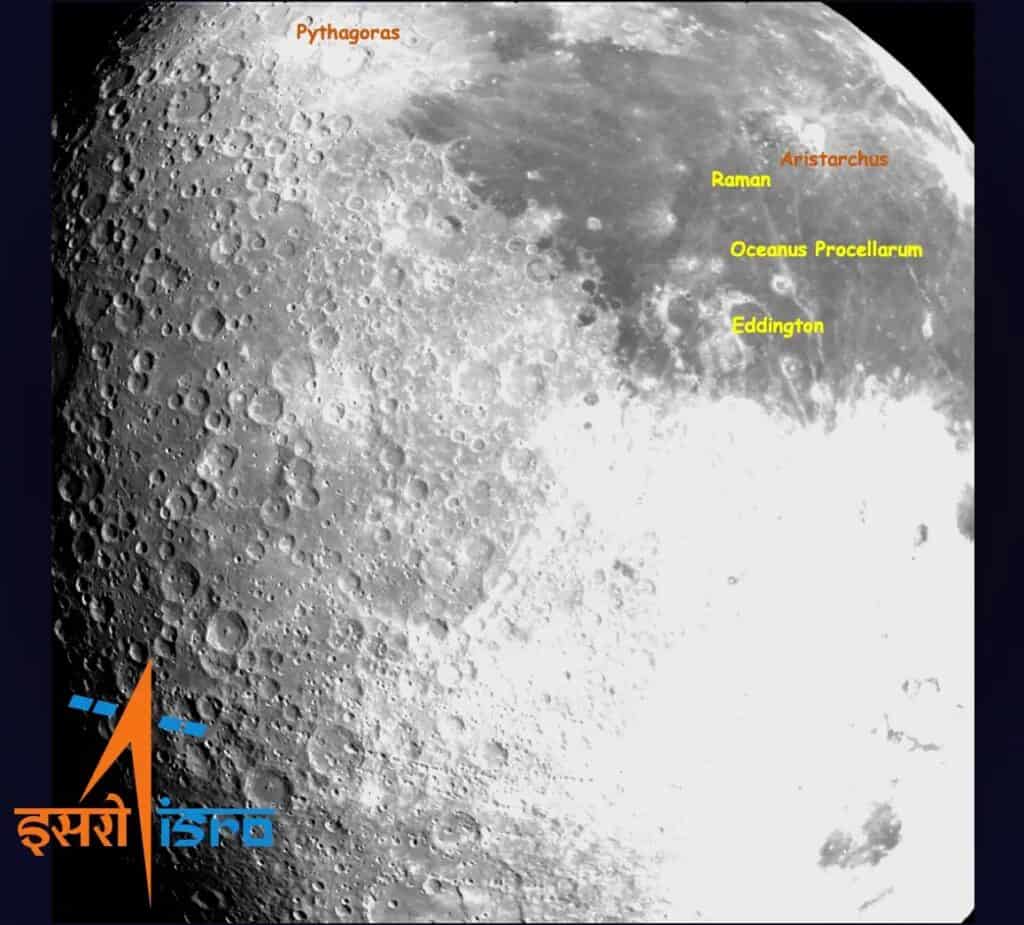
Chandrayaan 3 was the third lunar mission of India’s ISRO. Prior to this mission, ISRO had sent two lunar missions out of which Chandrayaan 1 was a huge success. It was instrumental in finding the water molecule on the moon’s surface. The second lunar mission of ISRO, Chandrayaan 2, had reached the moon’s orbit but failed to soft land the ‘Vikram’ lander as it had landed on the moon’s surface, and due to that ISRO lost all communication with it. Later NASA found ‘Vikran’ lander stranded in the designated place on the moon’s surface.
Even though the lander crashed on the moon’s surface, the orbiter of the Chandrayaan 2 mission is still around the moon’s orbit. In fact, the Chandrayaan 2 orbiter established two-way communication with the ‘Vikram’ lander of the Chandrayaan 3 mission – giving ISRO the ability to communicate with the ‘Vikram’ lander in two ways. Chandrayaan 3 picked up where the 2nd mission failed. With the success of Chandrayaan 3, ISRO has shown that it is one of the best space research organizations in the World, and, even with limited resources, its achievements are pride for the nation and for the World’s scientific community.
With the success of ‘The Vikram’ lander, the objective of Chandrayaan 3 had been validated. Then as the ‘Pragyan’ rover successfully maneuvered on the moon’s surface, ISRO’s 2nd objective with Chandrayaan 3 was also completed. The third objective of the Chandrayaan 3 mission was to conduct scientific experiments with the help of all the scientific instruments on The Vikram lander and on the ‘Pragyan’ rover. Along with the ‘Vikram’ lander and the ‘Pragyan’ rover, the Chandrayaan 3 propulsion module, which is still orbiting the moon, also carried out scientific research.
Chandrayaan 3 Scientific Instruments and Experiments
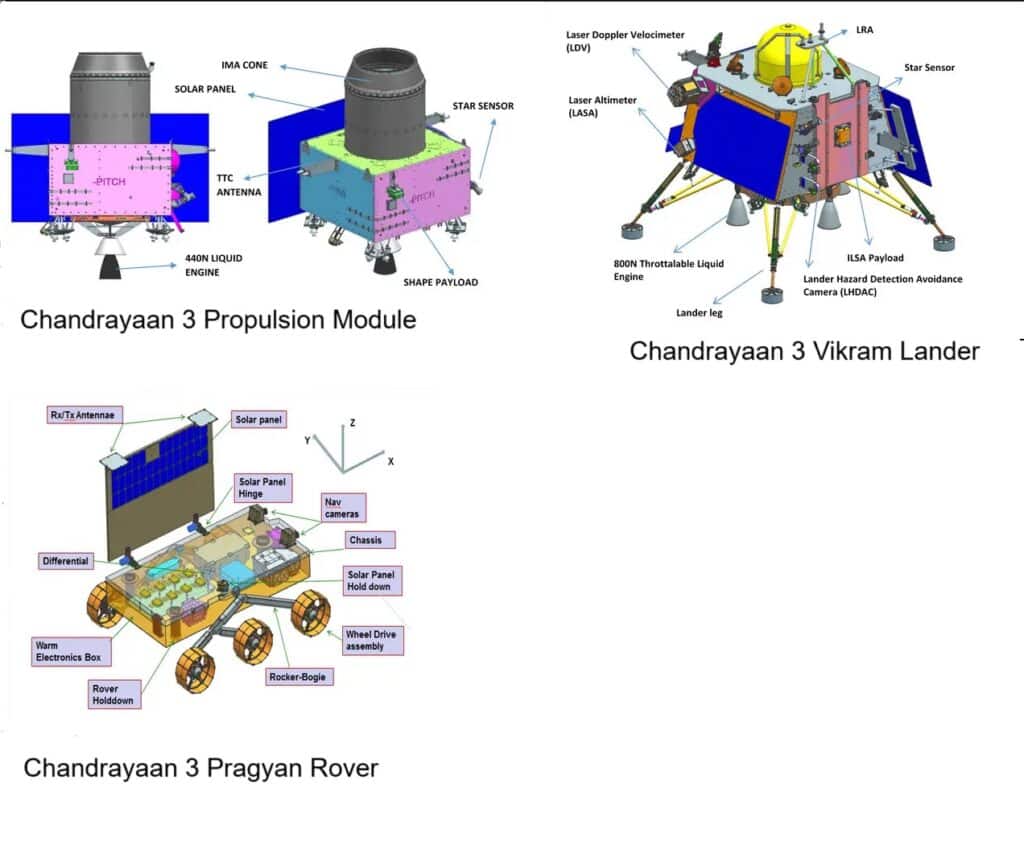
1. Experiments by Propulsion Module
The propulsion module of Chandrayaan 3, which put ‘Vikram’ lander into orbit and got separated on 17th August 2023, is equipped with Spectro-polarimetry of HAbitable Planet Earth or SHAPE. With the help of this instrument, the propulsion module studied Earth from the moon’s orbit in the near-infrared spectrum. This study aimed to observe the Earth’s atmosphere from lunar orbit and examined the gaseous and aerosol composition of the Earth’s atmosphere in a spectro-polarimeter.
With this, scientists wanted to figure out if they could detect water vapor, CO2, O2, and other aerosols from far away. This study helped the scientists to figure out the atmospheric composition of any exo-planet without any need to visit that exo-planet or to send expensive spacecraft in its orbit. With this, scientists would be able to figure out if the exo-planet can be conducive for humans or not.
2. Experiment by ‘Vikram’ Lander
‘Vikram’ lander was equipped with various scientific instruments. Two of them are Radio Anatomy of Moon Bound Hypersensitive Ionosphere and Atmosphere or RAMBHA and Langmuir probe. These instruments studied the existence of charged particles such as ions and electrons on the lunar surface, examined their density and composition, and figured out any changes that are happening concerning the constitutions of these charged particles.
‘Vikram’ was also carrying an instrument named – LASER Retroreflector Array or LRA. This instrument estimated the changing distance between the Earth and the moon and studied the evolving relationship between Earth and the moon system. The moon has a big impact on life on Earth as it regulates Earth’s tilt and dictates the ocean’s current and oceanic tides. ‘Vikram’ lander also carried out various experiments about the thermal nature of the moon’s surface. As the south pole, where Chandrayaan 3 landed, stays in perpetual darkness, understanding its thermal pattern will benefit human habitability on the lunar surface.
Lastly, ‘Vikram’ used the Instrument for Lunar Seismic Activity or ILSA to study the seismic activities of the lunar surface. Even though the moon is geologically inactive and does not have any active core, it still has quakes. This happens due to Earth’s pull, tectonic plate shifts, and meteorite impact. ILSA studied this and provided valuable insights about of moon’s internal structure.
3. Experiments by ‘Pragyan’ Rover
‘Pragyan’ was carrying two important instruments that conducted experiments about the composition of lunar soil and its chemical construct. LASER Induced Breakdown Spectroscope or LIBS blasted the lunar surface with the help of a highly energetic laser pulse and studied the composition of the resulting plume of debris coming out of the lunar surface. With this, LIBS tried to determine the make-up of minerals in the lunar rock and tried to have an understanding of the formation of the moon and the solar system.
The 2nd instrument, the Alpha Particle X-ray Spectrometer or APXS, studied the mineral composition of the lunar surface and looked for specific minerals such as Aluminum, Silicon, Potassium, Calcium, Magnesium, Iron, etc. This instrument was carrying a source of alpha particles which, upon releasing on the lunar surface, created a radioactive signature which in turn was studied by the instrument itself.
Importance of Chandrayaan 3 Mission
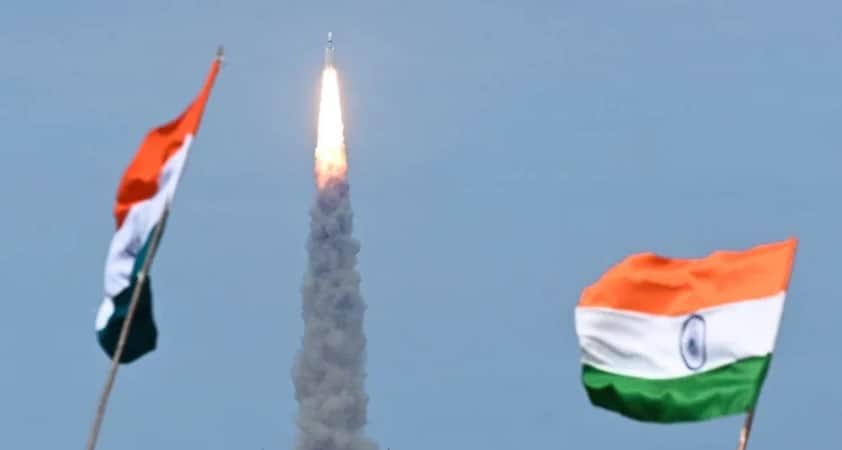
The moon is one of the most important celestial bodies for humankind. In the near to mid-future, the moon could act as a base for humankind to conduct interstellar space missions. moon’s low gravity will be a key factor for its acting as a base as with low gravity there is a need for less amount of fuel and this fuel can be harvested from the moon’s surface itself.
As the Chandrayaan 1 mission has proved that the moon’s south pole has water-ice molecules in its craters, it can provide moon explorers with valuable resources such as water, oxygen, and hydrogen. The mineralogy experiments of Chandrayaan 3 will give us a map of the moon’s mineral composition. With this, the moon’s surface can be harnessed for various valuable minerals and rare earth materials which in turn could provide valuable resources for future space missions without any help from Earth. Astronauts would not have to carry resources with them and instead would harness the lunar resources to fuel the space missions saving a lot of money in resources and fuel.
The experiment of charged particles on the moon’s atmosphere and on the surface will provide us with valuable information about the viability of the moon base for further space exploration. The charged particle could interfere with sophisticated scientific equipment. Charged particles could also damage a spacecraft and deliver critical damage to human organs. Ions and charged particles could also interfere with the measuring equipment which could jeopardize an entire mission.
The experiments conducted by the Chandrayaan 3 mission will also give us valuable insight into the moon’s formation and its composition, the solar system’s formation, and Earth’s formation. The findings of the Chandrayaan 3 mission will delve deeper into the moon’s history, internal structure, atmosphere, geology, and mineralogy. The findings will also shed light on the intricate nature of the relationship between Earth and the moon. The propulsion module of Chandrayaan 3 is analyzing Earth, Moon, and Space to figure out a structure through which scientists could understand the atmospheric composition of the exo-planet, giving us ample information about its habitability.
Read More Articles About Space and Science
- Top 5 Bitter Vegetables That Are Incredible For Our Health
- Grapefruit: 8 Incredible Facts About This Amazing and Tasty Superfruit
- Top 5 Amazing Properties of Time That Defy Common Sense
- Top 5 Important Citrus Fruits That You Should Know About
- 10 Factors for Emergence of Intelligent Life in The Universe
- Top 4 Important Vegetable Groups That You Should Be Aware Of
- Discoveries by JWST: 10 Incredible Findings of The Telescope
- Space Science: 6 Vital Reasons Why We Should Invest in It
- Solar System: 10 Astonishing Uniqueness of our star system
- Our Universe: An Incredible Journey of 13.7 Billion Years
- Indian Gooseberry (Amla): 10 Amazing Facts About This Wonder Fruit
- Top 6 Solar System Objects That Might Destroy Life On Earth
- The Great Physicist Peter Higgs Passes Away at 94
- Certain End of The Universe: 4 Forces of Nature to Watch Out For
- Big Bang: An Incredible Start of Universe 14 Billion Years Ago




